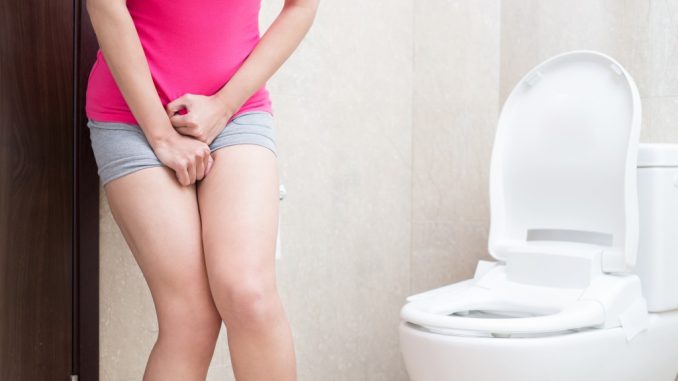
Urinary incontinence is the unintentional leakage of urine. This tends to happen during physical activities that put a lot of pressure and stress on the bladder. Such activities include straining when carrying heavy objects or bending over. It could also happen when you sneeze, cough, or laugh.
Urinary incontinence is not fatal per se but can be really uncomfortable. This is why you still need to see a doctor in Plano such as Dr. Bates Wellness if you are suffering from this condition to get proper female bladder leakage treatment.
Causes of Female Urinary Stress Incontinence
Urinary incontinence can occur when the pelvic muscles that support your bladder become weak. Advanced age, pelvic surgery, vaginal childbirth, and any injury in the pelvis can weaken the pelvic muscles.
Certain foods and drinks can irritate the bladder and worsen your stress incontinence. This includes caffeine, alcohol, chocolate, soda, and artificial sweeteners. Obesity, urinary tract infection, chronic coughing, nerve damage, and smoking cigarettes or tobacco can also increase your risk factor.
How is it Diagnosed?
There are many kinds of urinary incontinence. This is why your doctor needs to determine which one you have for them to recommend the proper treatment for you. The consultation will most likely start with a complete physical exam. They will also check your medical history.
After that, they will recommend that you undergo urinalysis and keep a bladder diary. They may also ask you to urinate in a container that measures your urine output. In some cases, the doctor may also ask for other tests such as pelvic ultrasound and urodynamic testing.
But, such procedures are only reserved for the ones considering surgery.
What are the Treatments?
How your condition is treated will depend largely on the type of incontinence you have. However, your doctor will likely suggest the treatments that are least invasive such as bladder training, double voiding, scheduled toilet trips, diet and fluid management, and pelvic muscle exercises.
Electrical stimulation and medications may also be used as part of your treatment plan. There are also several medical devices and interventional therapies that can be used to treat women with incontinence. However, if all else fails, then surgery is your last resort.
Final Thoughts
Urinary incontinence is a treatable condition. However, many women choose not to get help because they feel embarrassed. Don’t be ashamed because this condition is more common than you think. So, don’t let your embarrassment stop you from getting the help and treatment you need.


